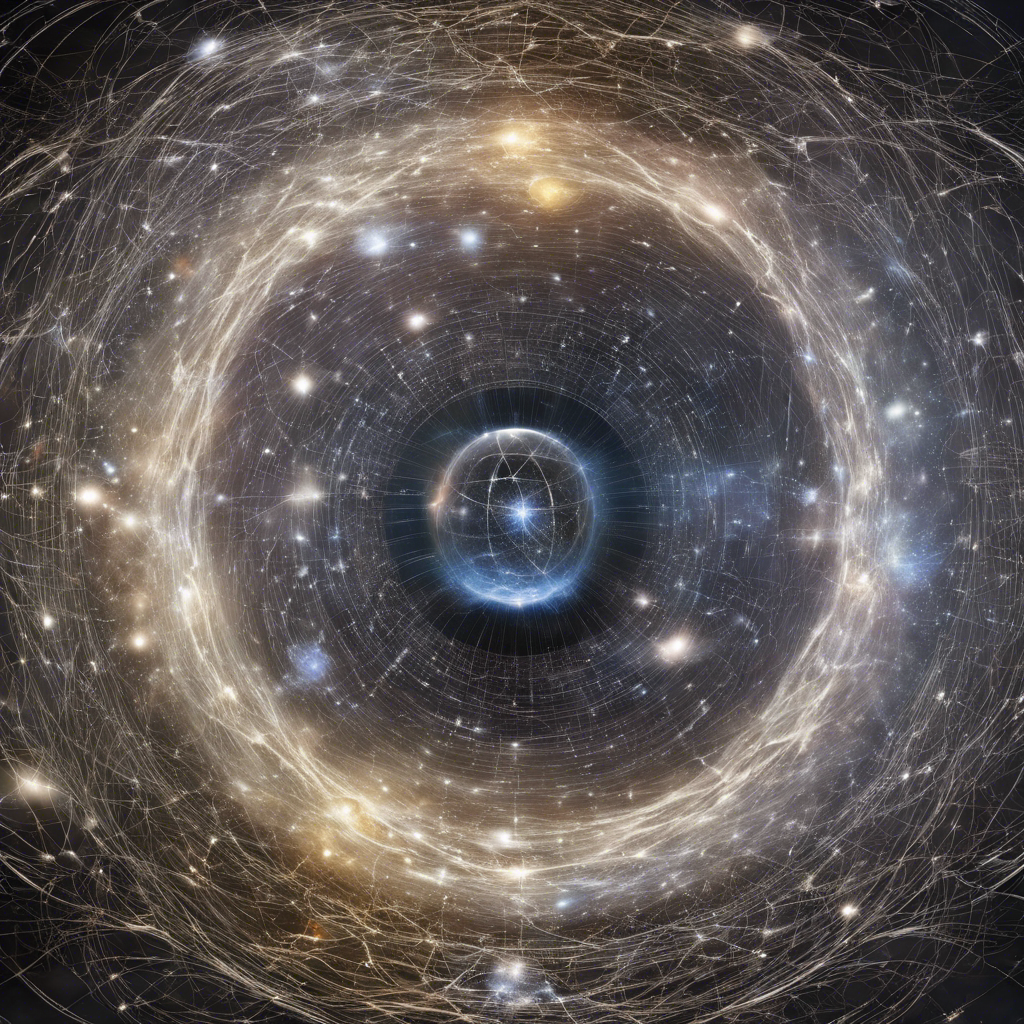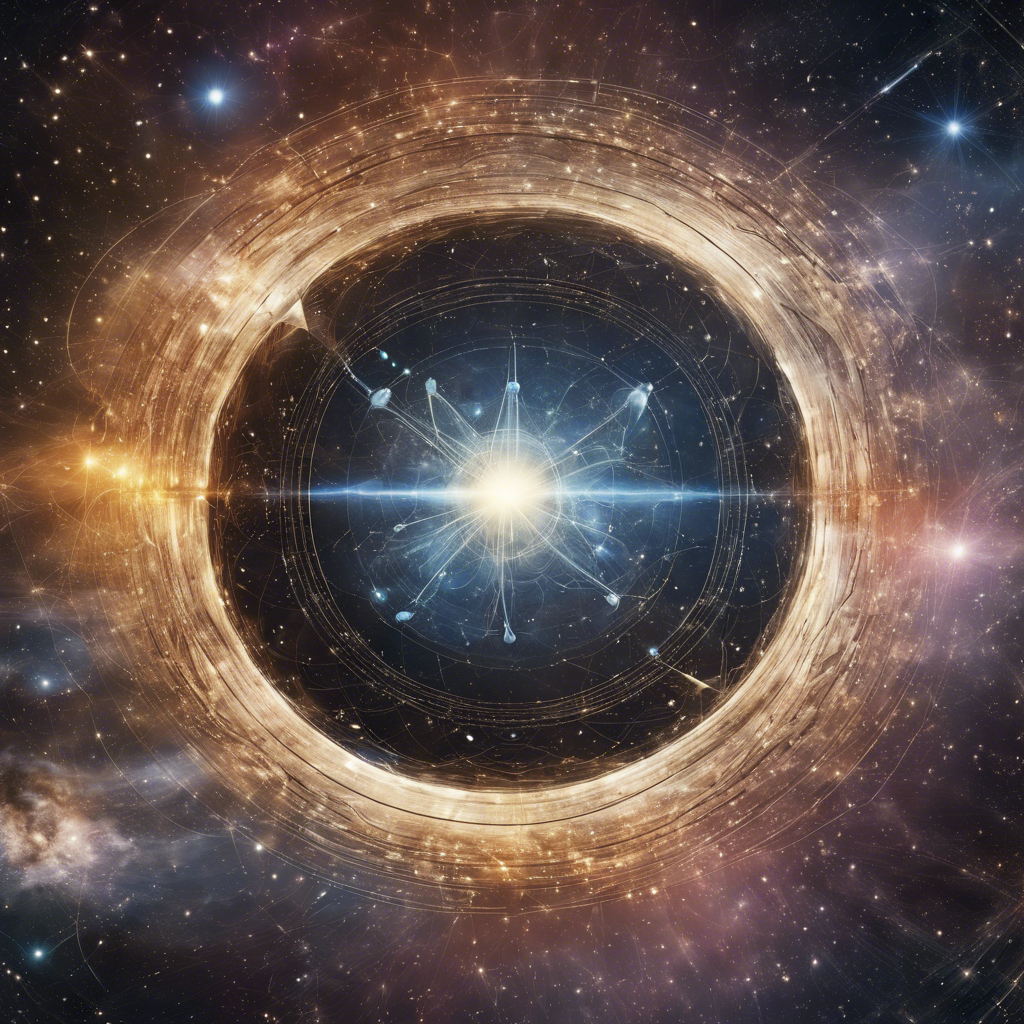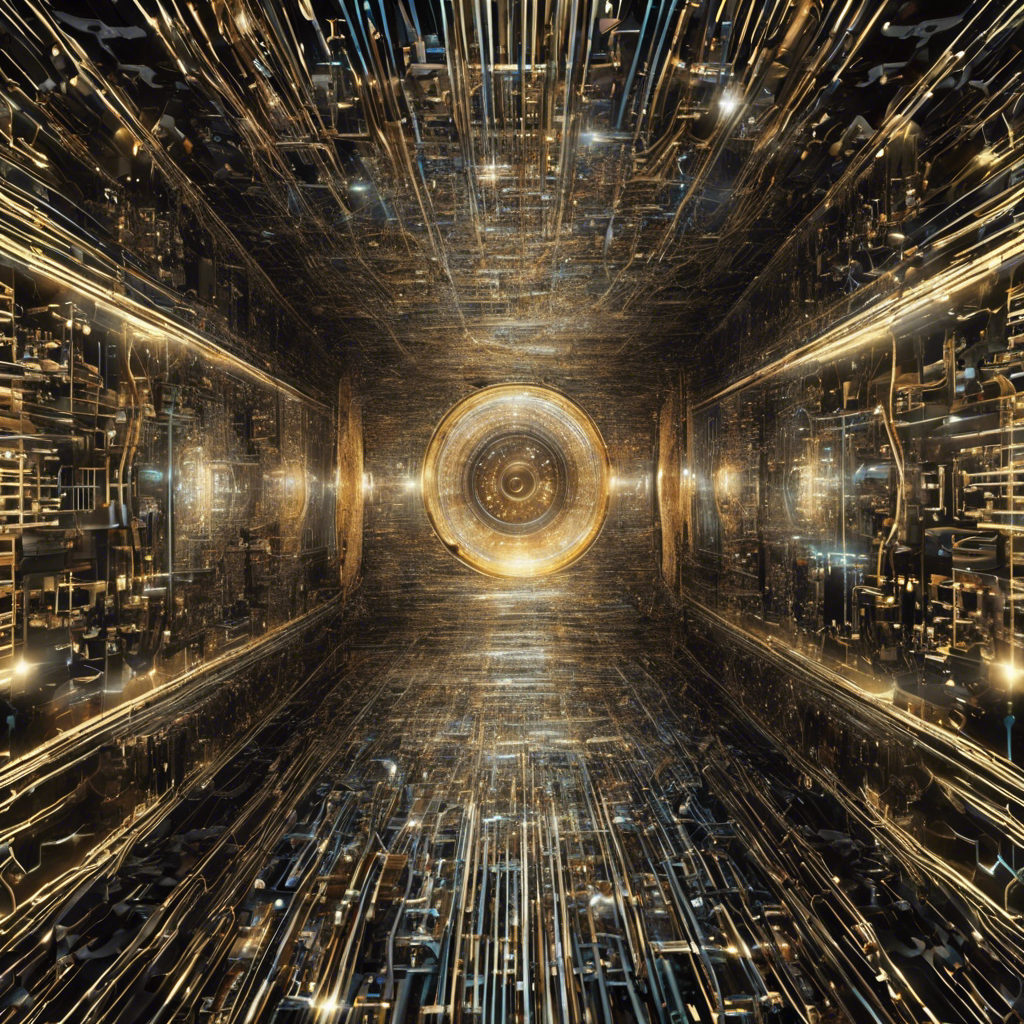Scientists propose a new framework that challenges the prevailing assumptions about the compatibility of quantum mechanics and general relativity.
For over a century, scientists have grappled with the challenge of reconciling quantum mechanics and general relativity, two fundamental theories that are fundamentally incompatible. Now, a group of physicists led by Prof Jonathan Oppenheim from University College London has proposed a radical theory that seeks to bridge this gap by reimagining the nature of spacetime. Their theory, known as the “postquantum theory of classical gravity,” suggests that time does not flow predictably but instead wobbles randomly, akin to the ebb and flow of a stream. While the proposition has garnered interest, not everyone is convinced of its validity.
1: The Incompatibility of Quantum Mechanics and General Relativity
Quantum mechanics and general relativity have long been regarded as the cornerstones of modern physics. However, their mathematical incompatibility has posed a significant challenge for physicists. While quantum mechanics provides an accurate description of atomic-scale forces, general relativity accurately predicts the behavior of gravity in cosmic events. The inability to reconcile these two theories has driven scientists to search for a unifying framework.
2: The Prevailing Assumptions and Proposed Alternatives
The prevailing assumption has been that general relativity needs to be modified or “quantized” to fit within the framework of quantum mechanics. String theory, for instance, suggests that spacetime consists of multiple dimensions, while loop quantum gravity proposes that spacetime is composed of finite loops. However, Oppenheim’s theory challenges this consensus by suggesting that spacetime may be classical and not governed by quantum theory. According to his theory, spacetime would be smooth and continuous, but inherently wobbly, subject to random fluctuations.
3: The Controversy and Skepticism
While Oppenheim’s theory offers a fresh perspective, it has not been universally embraced. Prominent theoretical physicist Prof Carlo Rovelli has expressed skepticism and even entered into a bet with Oppenheim, wagering 5,000:1 odds against the theory being proven correct. Rovelli argues that most speculations turn out to be wrong and questions the grand claims made about the theory’s ability to unite quantum mechanics and general relativity.
4: Experimental Testing and Verification
Despite the skepticism, Oppenheim’s theory has sparked interest in the scientific community. Dr Zach Weller-Davies, formerly of UCL and now at Canada’s Perimeter Institute, has proposed an experiment to test the theory’s predictions. By measuring tiny fluctuations in the weight of an object, the experiment aims to uncover “wobbles” in spacetime. If the measurements align with the theory’s predictions, it would provide evidence in support of Oppenheim’s framework.
Conclusion: The quest to reconcile quantum mechanics and general relativity has been a long-standing challenge for physicists. Oppenheim’s theory offers a new perspective by suggesting that spacetime may be classical and wobbly, challenging the prevailing assumptions. While skepticism remains, the proposed experiment to test the theory’s predictions will provide valuable insights into the nature of spacetime and its compatibility with quantum mechanics. Whether this theory proves to be a faithful representation of reality remains to be seen, but the pursuit of unifying these fundamental theories continues to drive scientific exploration.











